
Spring Morning, 2021, Archival Digital Print
At last! Spring! We earned it this year enduring a mean winter that even now is hanging on with its icy claws. Sleet/snow last Friday, can you imagine?
Everything is in bloom and I feel so grateful to have been guided up here to the Hudson Valley. The land has taught me. I’ve become more sensitive to the quiet and the subtle changes in light and color, the goings on of wildlife and plants.
But more than that, I have had time to reflect more deeply on what painting and drawing demand. It is remarkable what a simple piece of vine charcoal can do. Even a pencil. All the world of images ready to come out and be seen stored inside, it just waits for some talent to pick it up and begin.
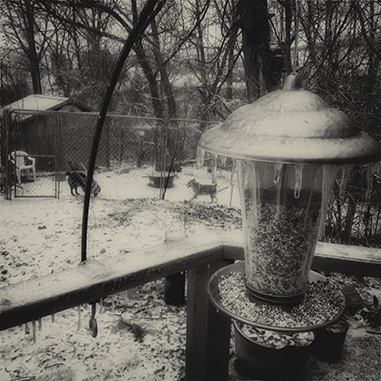

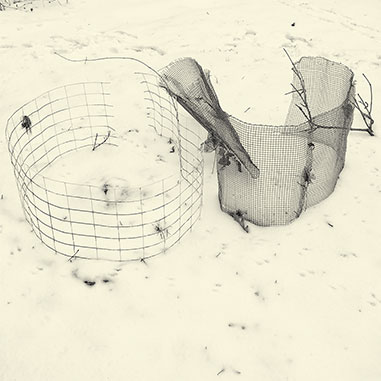

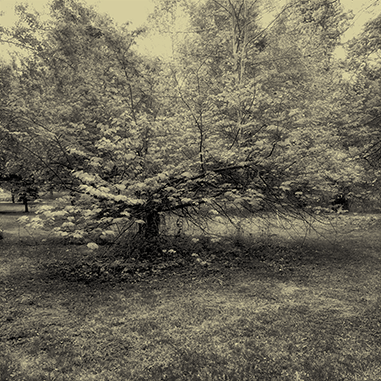
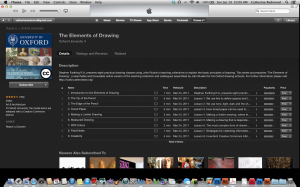

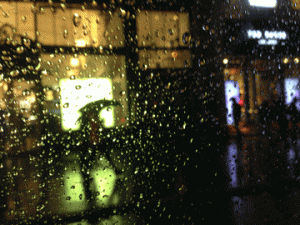
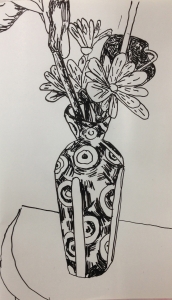
Recent Comments